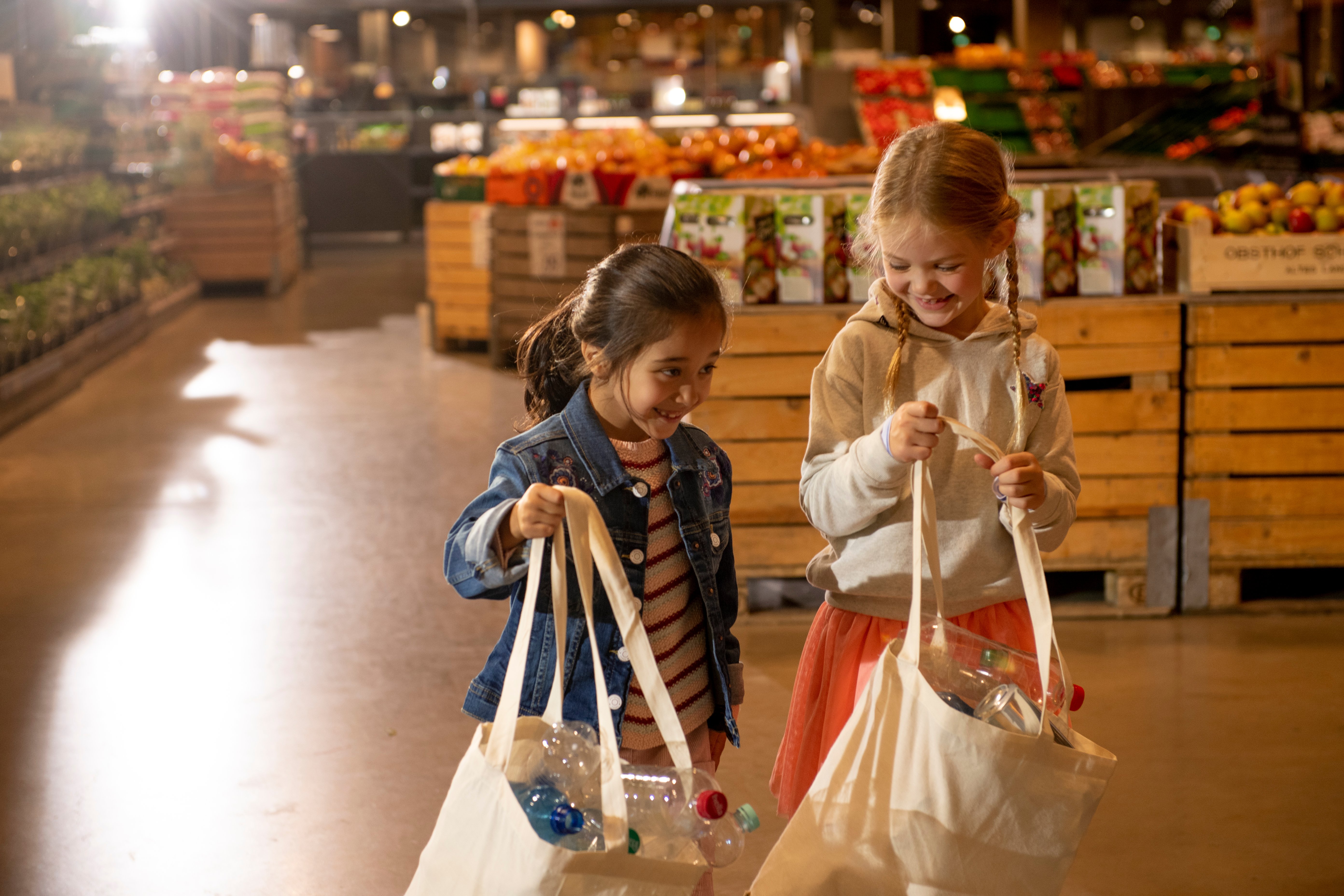What happens when you return used beverage containers for recycling?
Let's find out in this step-by-step guide.
Step 1: You purchase a beverage
Everything starts here. You’re out and about, feeling thirsty, so you buy a drink. When a deposit return system is in operation in your area, a small deposit is placed on the sale of the beverage containers you’re purchasing. This is to motivate you to deliver your bottle or can for recycling, since the deposit is refunded when you return the used container.
Step 2: You return the used beverage container
Ok. Thirst quenched. You’ve finished your drink, so now the container can be returned to a reverse vending machine. As you place your container in the machine’s return chute, the material, shape, and barcode are all scanned using 360-degree instant recognition technology to identify the specific type of packaging. This allows the machine to give you the correct deposit refund. So, you’ve returned your container (awesome!) and got your deposit (nice!). Easy. But what happens next?
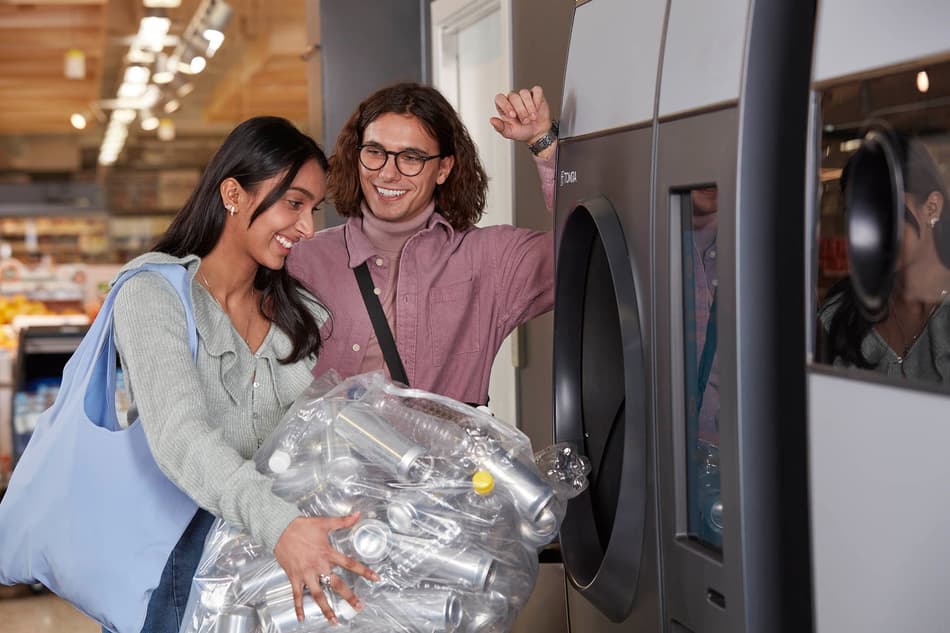
When the reverse vending machine scanned your container, it registered a lot of information about it. Based on this information, the machine sorts the containers into groups. Plastic, glass, and aluminum containers are grouped in separate storage bins in the reverse vending machine, and refillable and non-refillable containers are kept apart with the non-refillable containers being compacted to save space. Separating containers at the return point helps to keep material quality high, which has an impact later, as we’ll soon see.
Step 3: Refillable and non-refillable containers transported
For non-refillable containers, the compacted bottles and cans are removed from the reverse vending machine in their respective color and material groups. These compacted containers are then transferred to a processing facility to prepare them for recycling. The transportation is usually organized by the local government, private waste management companies, or, in line with any Extended Producer Responsibility legislation that might be in place, the beverage producers themselves.
Refillable containers don’t need to go through the same process as non-refillable containers. At this stage, they’re returned to the bottler or producer for cleaning before being refilled and resold.
Step 4: Facility processes containers
At the processing facility, the materials from the non-refillable containers have to meet high regulatory standards of quality and hygiene in order to be used to make new containers. Luckily, the use of a reverse vending machine already kept bottles and cans from being contaminated when mixed in with regular household trash, as well as sorting the various material types, which makes achieving that quality a lot easier. In fact, the purer the materials in the production loop, the more times they can be recycled to make new containers.
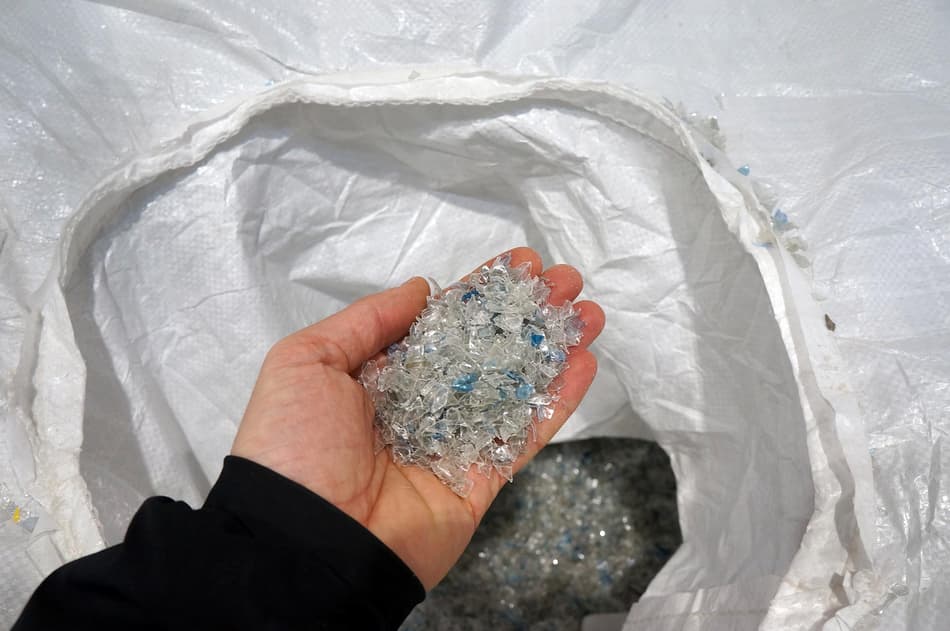
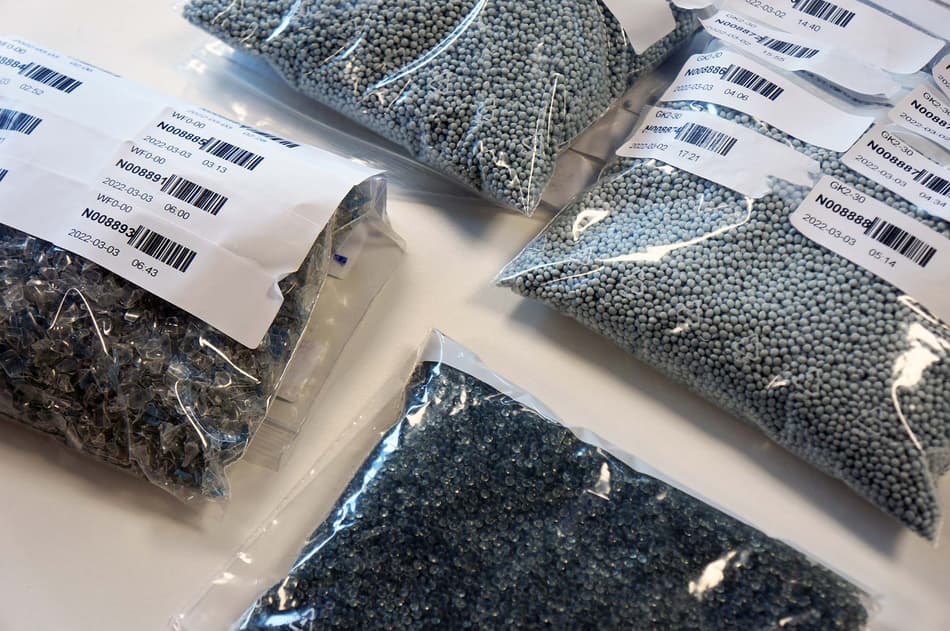
Step 5: New container is produced
With these high-quality recycled materials, new beverage containers can now be produced. Using the same material again in the creation of new containers reduces the need for virgin material, which saves a lot of energy and avoids a lot of carbon emissions. It’s in this way that the plastic from 100 bottles can be used to create more than 200 bottles over multiple rounds of what TOMRA calls Clean Loop Recycling.
Step 6: Bottler/producer refills container
The newly created containers and the cleaned refillable containers can then be filled with the beverage by the bottler or producer. This is the final stage before the beverage re-enters the retail process and is distributed to stores.
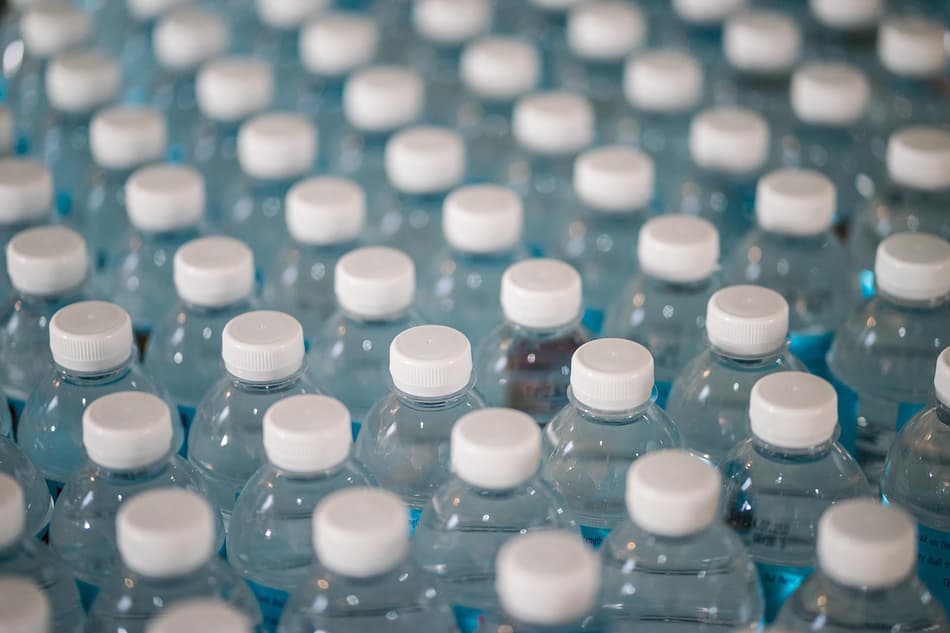
And round we go again!
This is where the cycle restarts, and the process of a container being recycled begins once again when the consumer purchases a beverage. Clean Loop Recycling ensures that bottles become bottles and cans become cans again and again and again. In doing so, it uses resources super efficiently and keeps valuable materials working for society. Are you in the loop?
Want to find out more about the positive impact deposit return systems can have when it comes it how society handles materials? Read TOMRA’s white paper “Rewarding Recycling: Learnings from the World's Highest-Performing Deposit Return Systems,” which reveals the best practices in designing deposit return systems for beverage container recycling.

